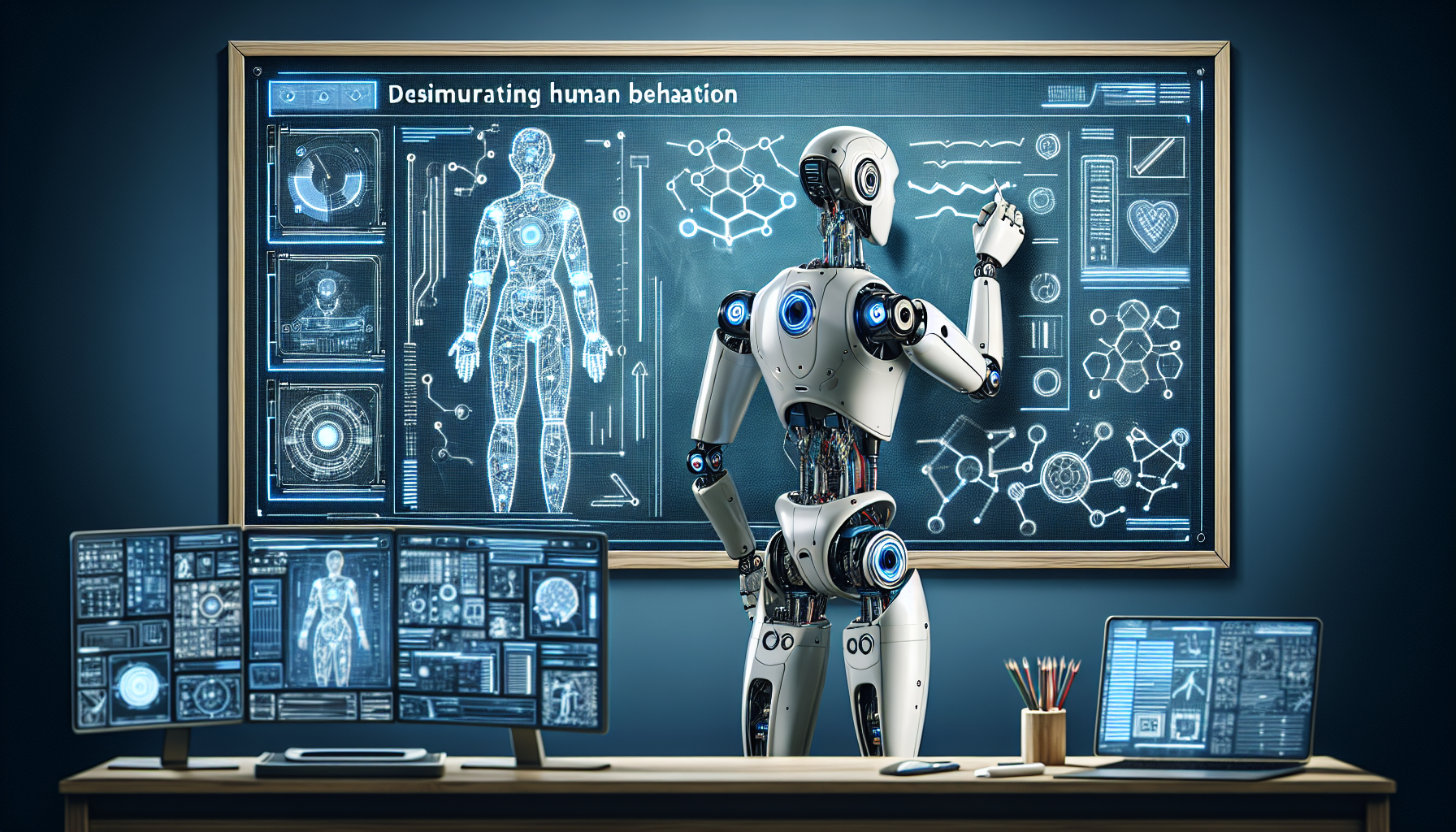Understanding the Fusion of AI and Robotics
The Basics of Robotics and AI
Robotics, at its core, is about creating machines that can perform tasks traditionally carried out by humans. These tasks can range from simple actions like picking up objects to more complex operations such as performing surgeries. Artificial Intelligence (AI), on the other hand, refers to the simulation of human intelligence processes by machines, especially computer systems. This includes learning, reasoning, and self-correction.
When we combine robotics with AI, we arrive at a new frontier where machines don’t just follow pre-programmed instructions but can adapt, learn, and interact in remarkably human-like ways.
Recent Breakthroughs in Robotic Developments
Humanoid Robots Making Strides
Recent advancements in robotics have led to the development of humanoid robots that closely mimic human movements and behaviors. These robots, such as Sophia by Hanson Robotics, are equipped with AI systems that enable them to engage in conversations and express emotions. This fusion of technology allows for more natural interactions, blurring the lines between human and machine.
The Role of Machine Learning
Machine learning is a key component of AI that has propelled robotic advancements. Through machine learning algorithms, robots can analyze vast amounts of data to improve their decision-making skills. For instance, robots can learn to recognize human emotions and respond appropriately, making them more relatable and effective in social settings.
Human-Like Behavior in Robotics
Emotional Intelligence and Empathy
One of the most challenging aspects of integrating AI with robotics is developing emotional intelligence. Robots equipped with AI can analyze facial expressions, tone of voice, and body language to gauge human emotions. By understanding these emotional cues, robots can respond with empathy, making them better companions or assistants in various scenarios.
Enhanced Communication Skills
Natural language processing (NLP) is a critical area of AI that enhances robots’ ability to communicate with humans. Advances in NLP have enabled robots to understand and generate human-like responses, making conversations more fluid and engaging. This ability not only improves user experience but also paves the way for robots to assist in fields like customer service and mental health.
Applications of Human-Like Robots
Healthcare Sector Innovations
In the healthcare sector, robots with human-like behavior are making significant impacts. For instance, social robots are being used to provide companionship to elderly individuals, helping reduce feelings of loneliness. These robots can engage in conversations and provide reminders for medication, fostering a sense of independence among seniors.
Education and Learning Environments
In educational settings, robots with AI can function as tutors, personalizing learning experiences for students. They can adapt their teaching methods according to individual learning styles, making education more effective. Furthermore, robots designed to exhibit patience and empathy can help children with special needs feel more comfortable and engaged.
Emotional Support in Mental Health
The integration of AI in robotics is also revolutionizing mental health care. Robots that can understand and respond to human emotions can serve as therapeutic companions for individuals dealing with anxiety or depression. By providing a non-judgmental space for people to express themselves, these robots can play a vital role in encouraging mental wellness.
Challenges in Implementing Human-Like Behavior
Ethical Concerns
As robots become more human-like, ethical questions arise. Should robots be given certain rights? How do we ensure they are used responsibly? These concerns necessitate an ongoing dialogue among technologists, ethicists, and society as a whole. Establishing clear guidelines around robotics can help mitigate potential risks associated with their increased presence.
Technical Limitations
Despite remarkable advancements, there are still technical limitations to human-like behavior in robotics. While robots can mimic certain actions and emotional responses, they lack genuine understanding and consciousness. This limitation can lead to situations where the robot’s responses might seem off or inappropriate, reminding users that they are interacting with a machine rather than a real human.
User Acceptance and Trust
User acceptance is another significant challenge. People may be wary of interacting with robots that exhibit human-like behavior. Building trust is crucial, necessitating transparency in how these robots operate and the data they collect. The more users feel comfortable and secure in their interactions with robots, the more likely they are to embrace this technology.
The Future of Human-Like Robotics
Advancements in AI Algorithms
The future of human-like robots relies heavily on advancements in AI algorithms. Researchers are continually developing more sophisticated models to improve robots’ understanding of context and nuances in human behavior. This evolution will allow robots to engage in more meaningful and effective interactions with humans.
Collaborative Robotics: The Next Step
As human-like robots become more integrated into our daily lives, the concept of collaborative robotics emerges. These robots work alongside humans, assisting in tasks while adapting to human work styles. This partnership can enhance productivity in various settings, from manufacturing to healthcare.
Global Impact and Accessibility
The potential applications of human-like robots span across the globe, impacting various sectors and communities. As technology becomes more accessible, we can expect to see robots in developing regions, helping in education, healthcare, and disaster response. The democratization of this technology could lead to significant improvements in quality of life worldwide.
Conclusion on the Journey Ahead
The path toward integrating AI with human-like behavior is filled with opportunities and challenges. As we explore this fascinating intersection of technology, we will continue to learn how best to employ these advancements in ways that enhance human life. Collaborating across disciplines and embracing thoughtful innovation will be key to unlocking the full potential of robotics in our societies.
